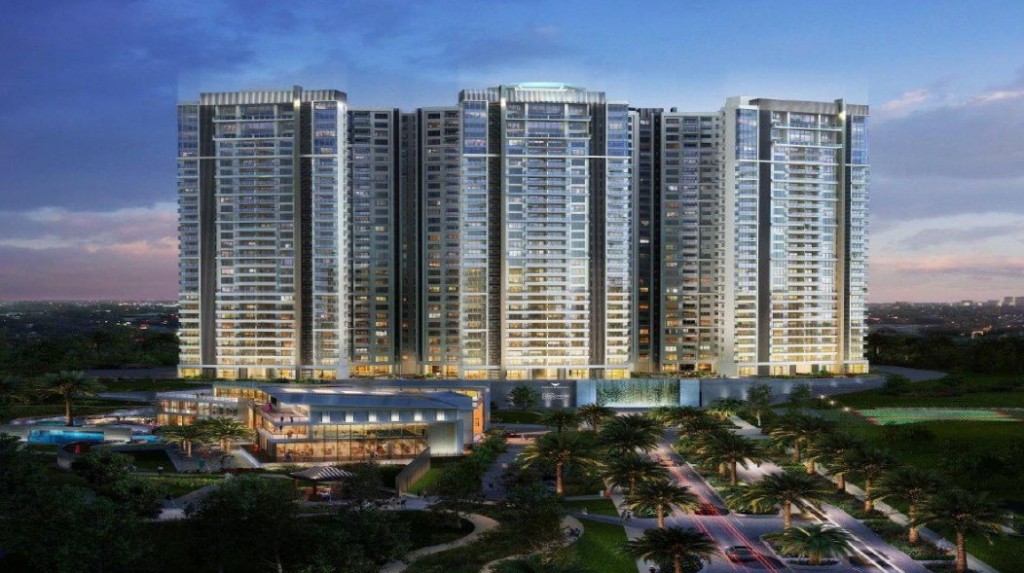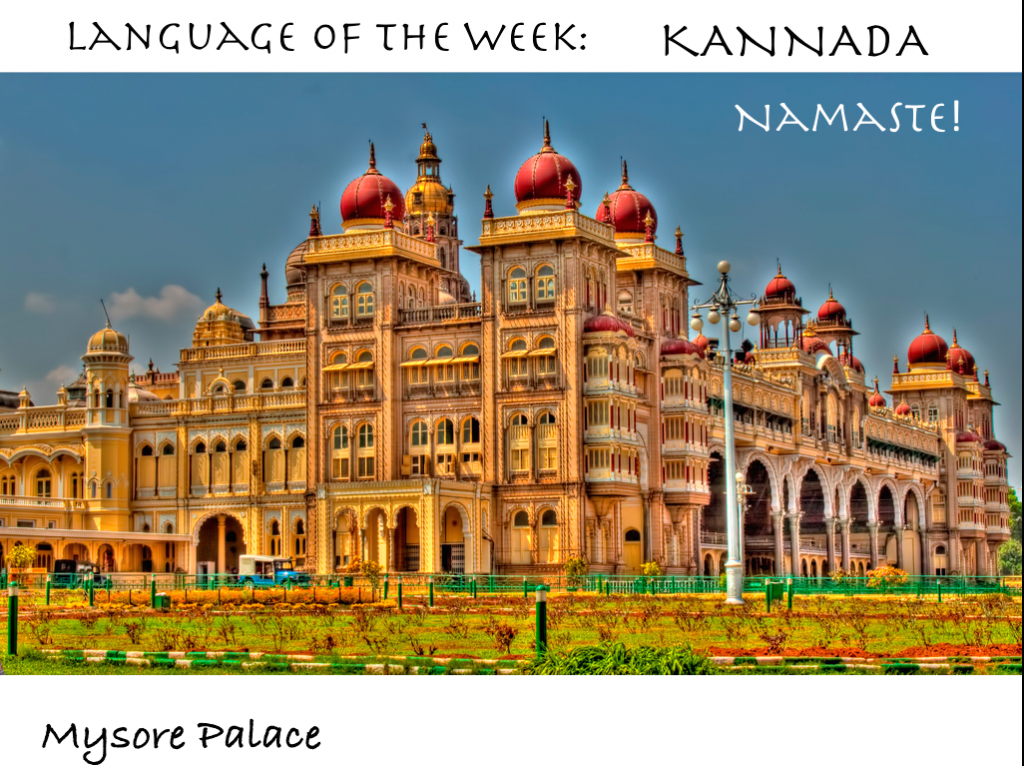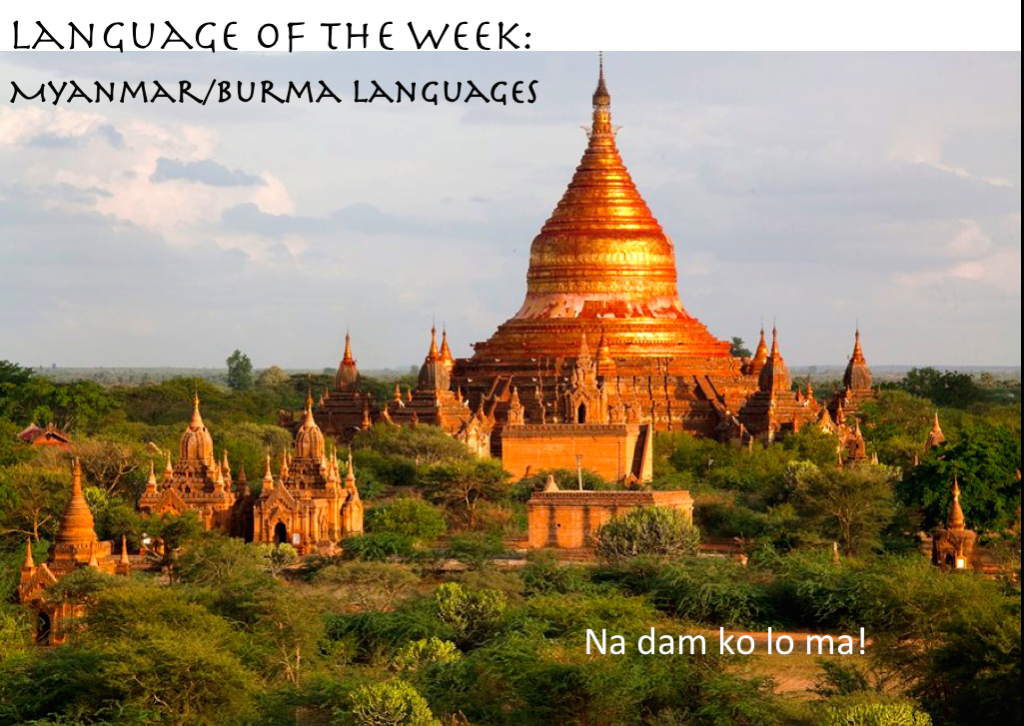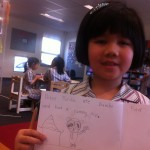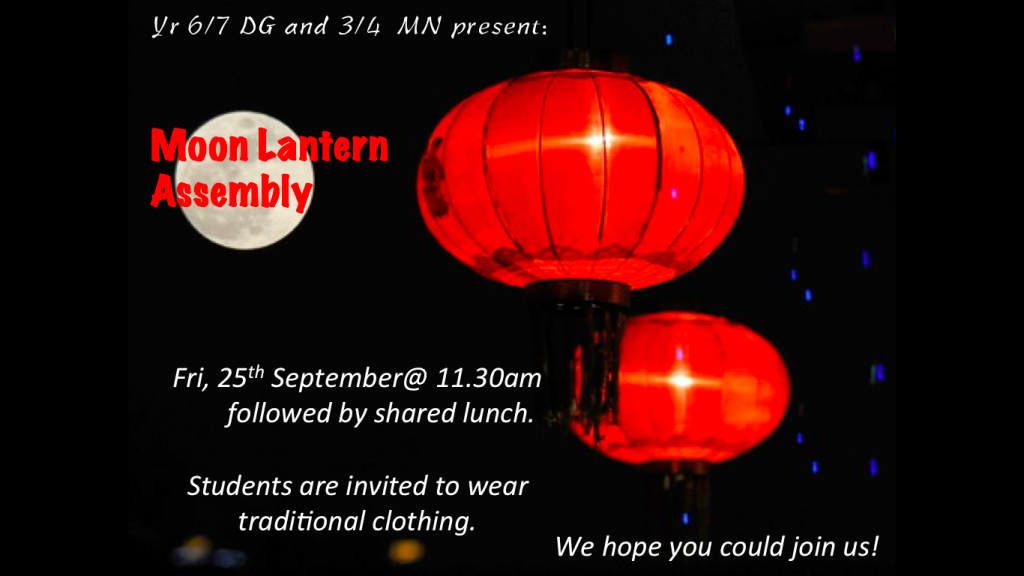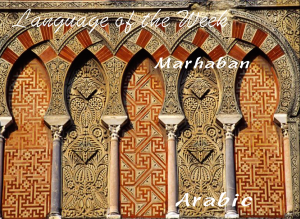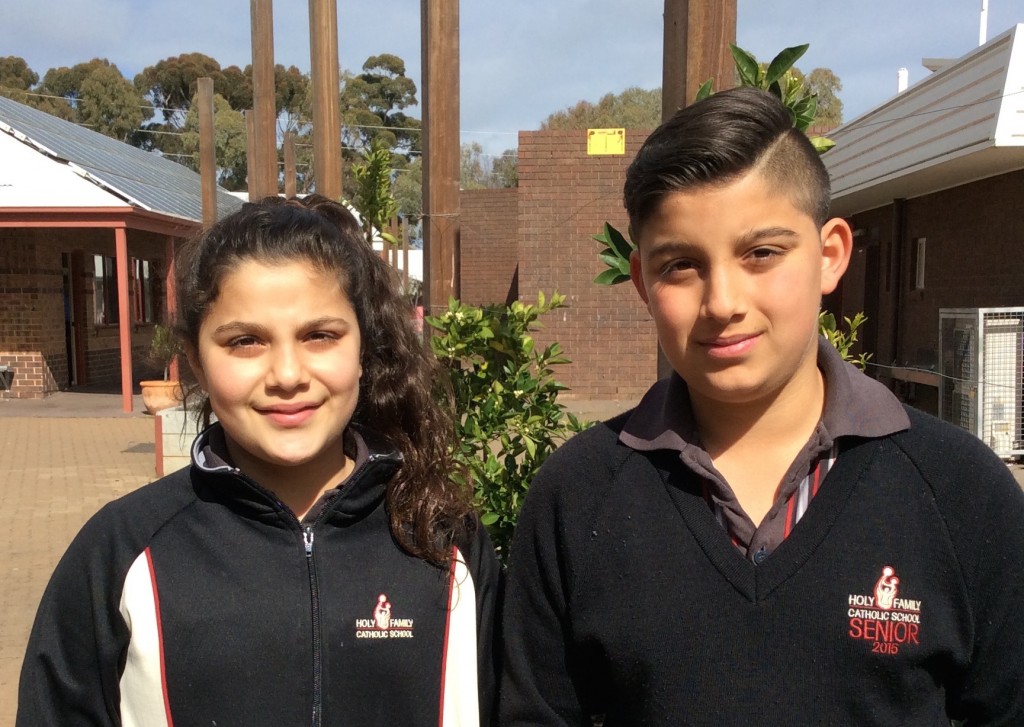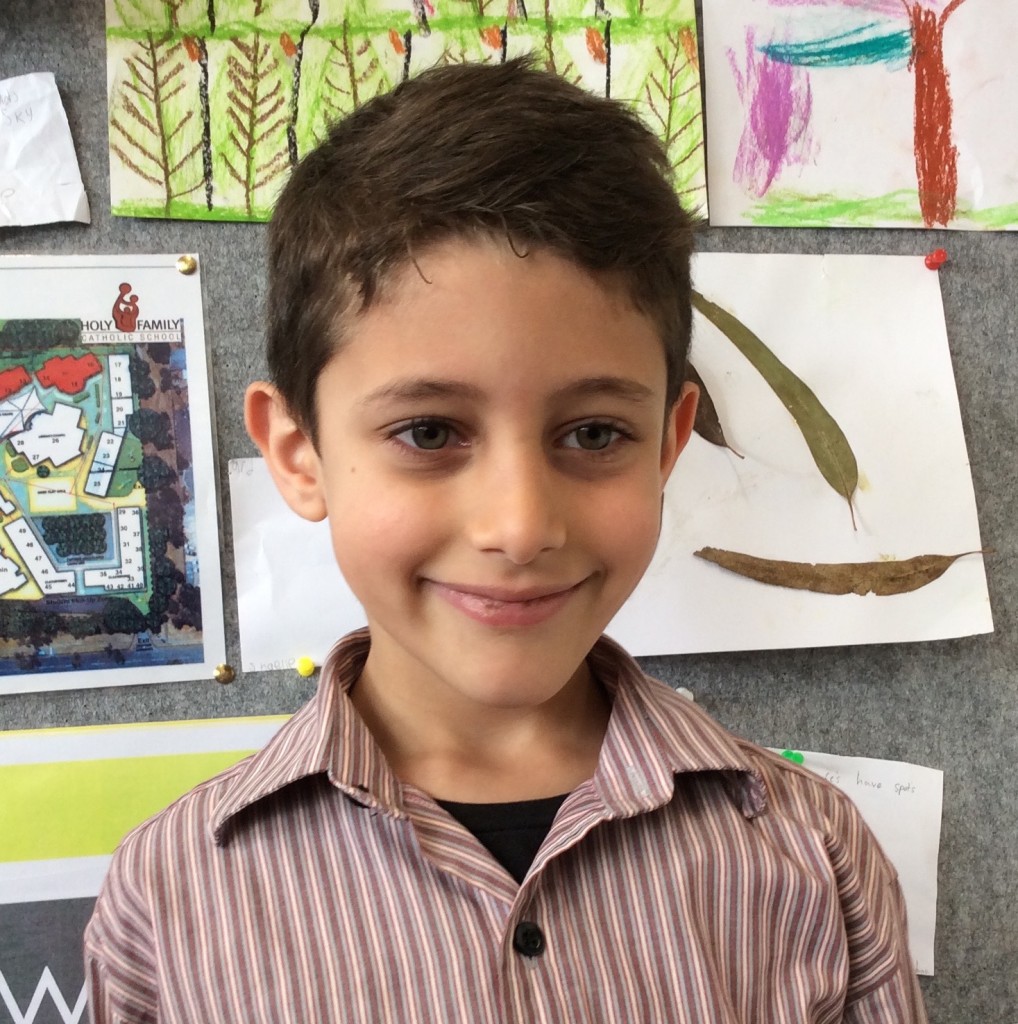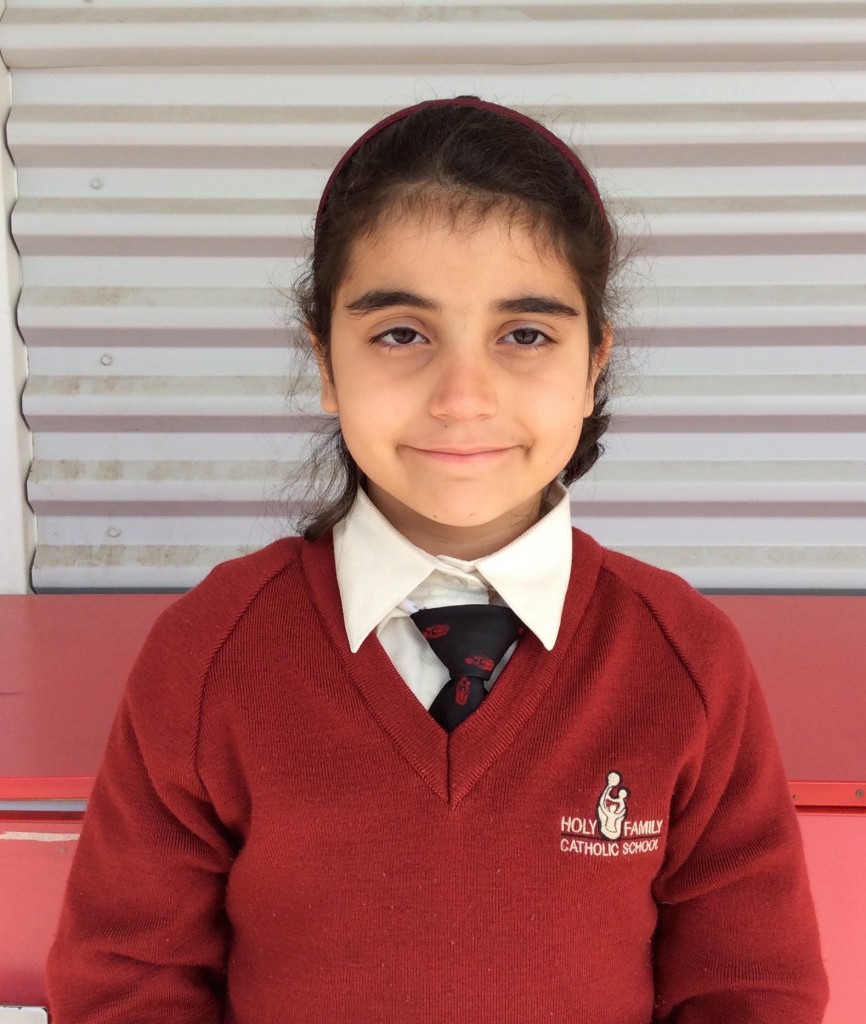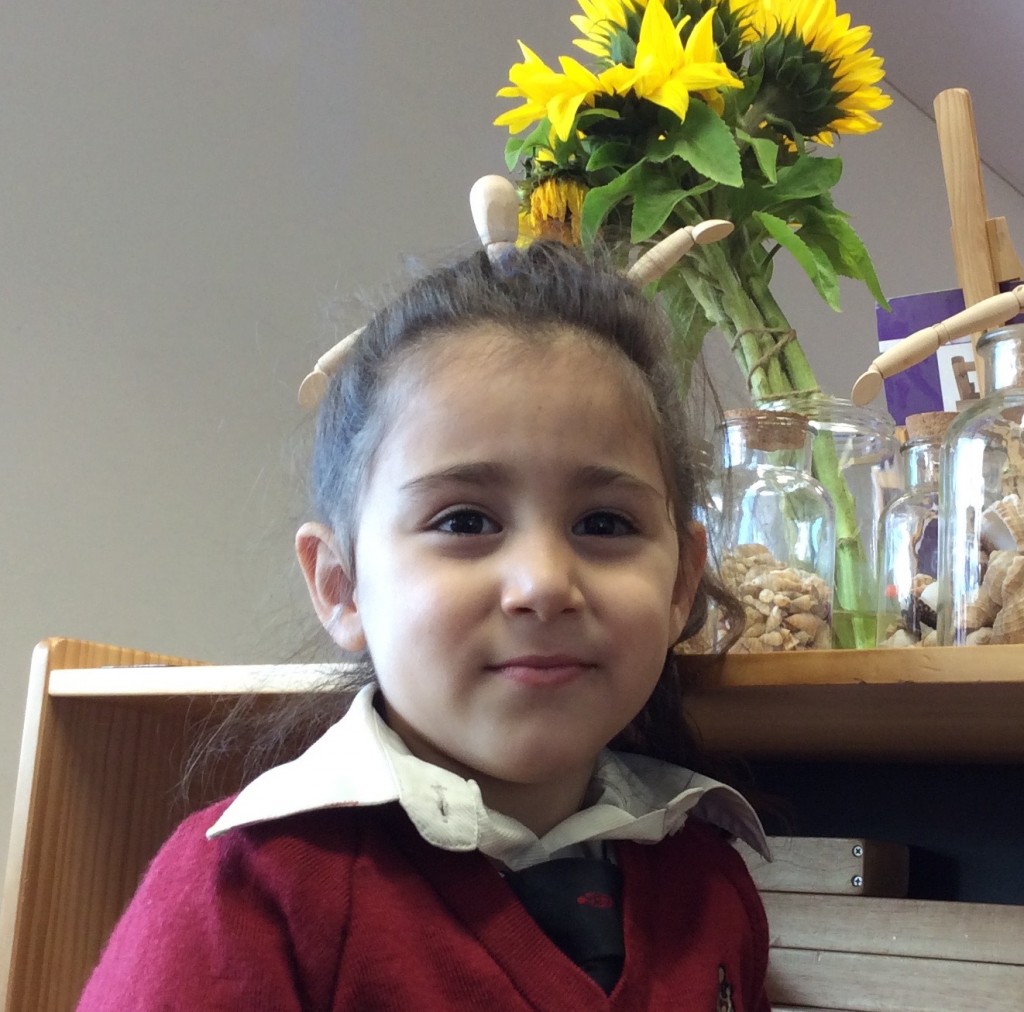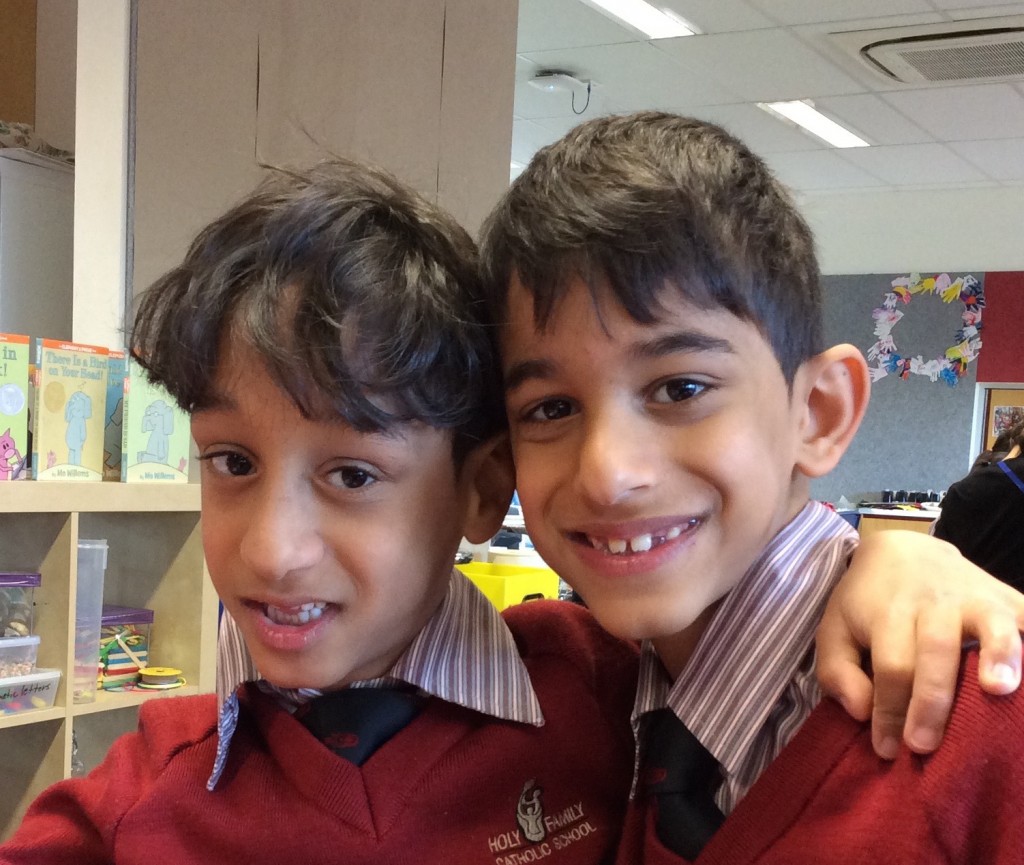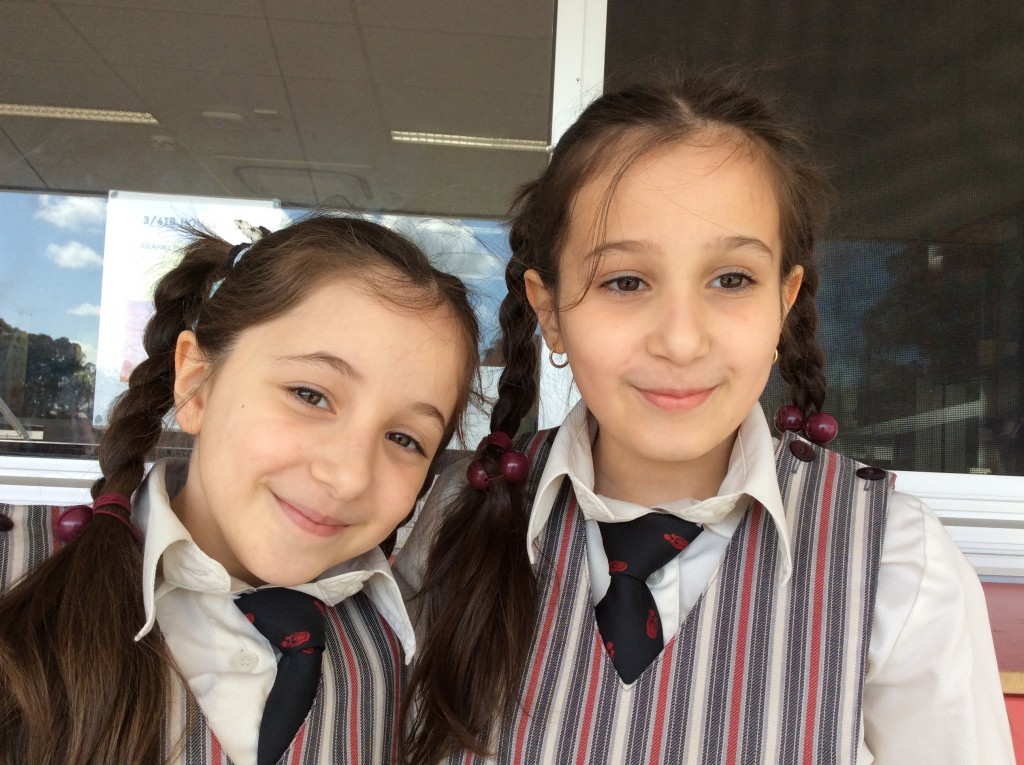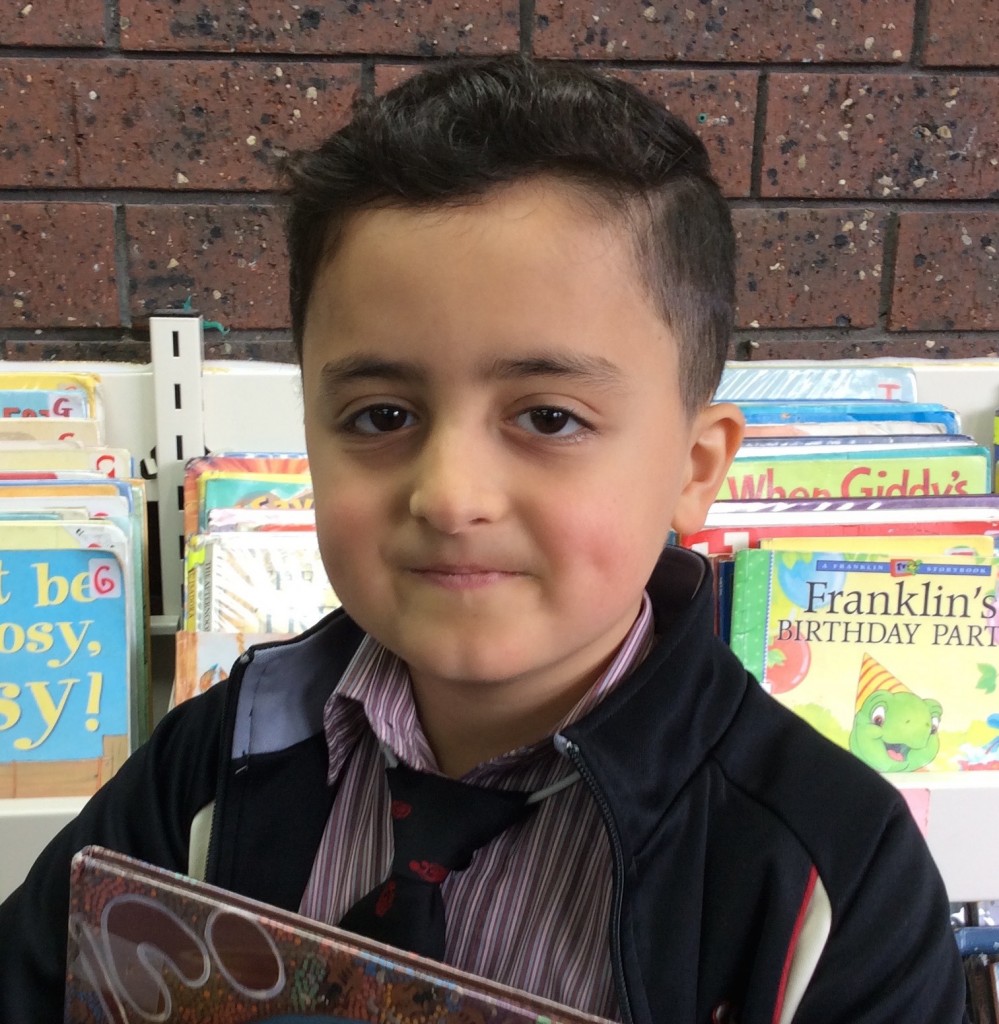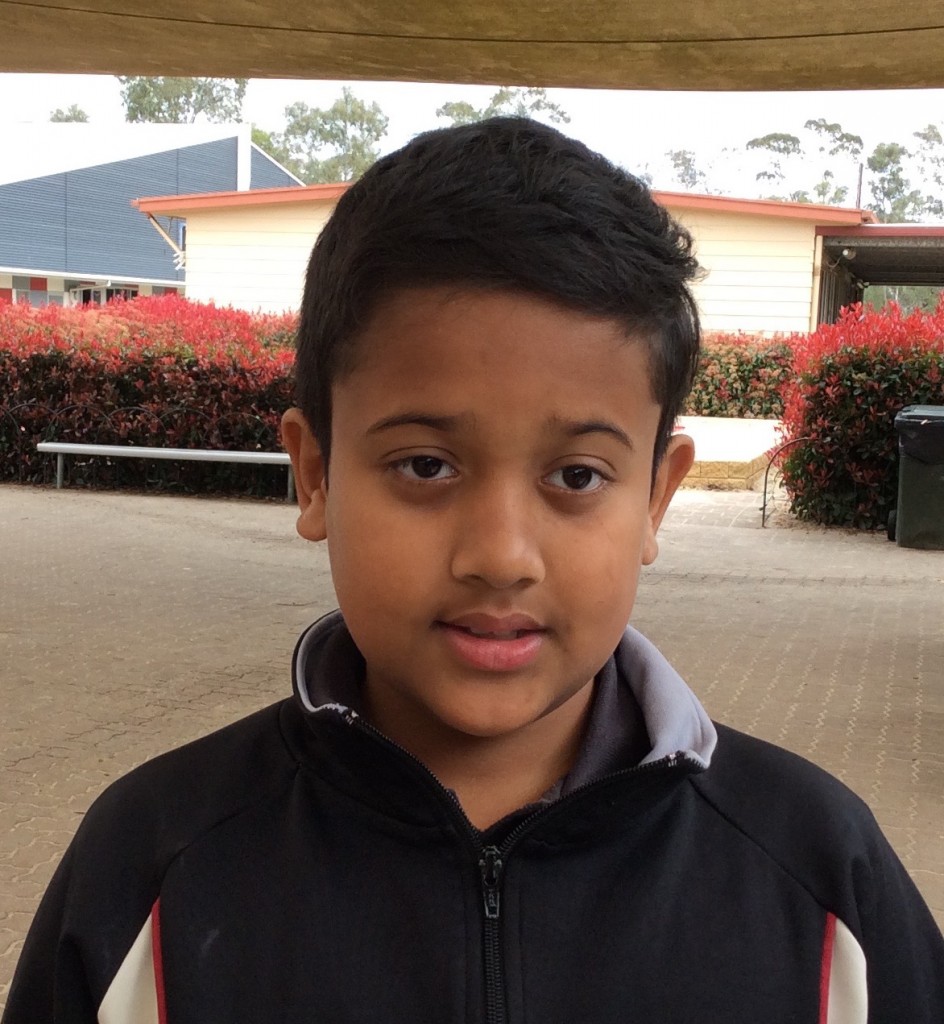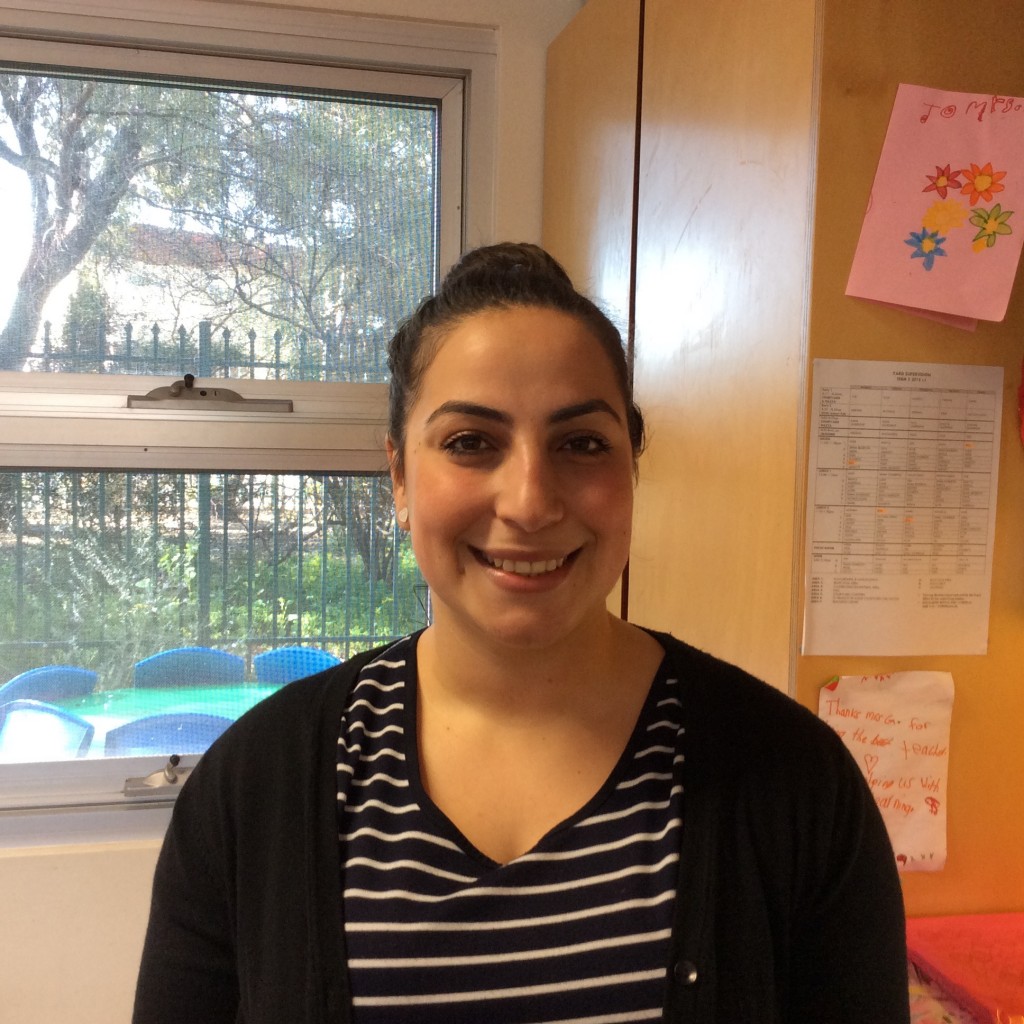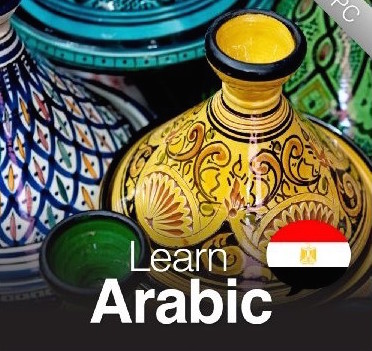Speaking in tongues: the many benefits of bilingualism
by Teresa Parodi
Lecturer of Theoretical and Applied Linguistics, University of Cambridge
We live in a world of great linguistic diversity. More than half of the world’s population grows up with more than one language. There are, on the other hand, language communities that are monolingual, typically some parts of the English-speaking world.
In this case, bilingualism or multilingualism can be seen as an extraordinary situation – a source of admiration and worry at the same time. But there are communities where bilingualism or multilingualism are the norm – for example in regions of Africa. A Cameroonian, for example, could speak Limbum and Sari, both indigenous languages, plus Ewondo, a lingua franca, plus English or French, the official languages, plus Camfranglais, a further lingua franca used between anglophone and francophone Cameroonians.
On a smaller scale, we all know families where bilingualism or multilingualism are the norm, because the parents speak different languages or because the family uses a language different from that of the community around them.
How difficult is it for a child to grow up in such an environment? And what are bilingual children capable of? Well, they are capable of quite a lot, even at a very young age. They can understand and produce expressions in more than one language, they know who to address in which language, they are able to switch very fast from one language to the other.
Noses for grammar
Clearly we are talking here of a range of different skills: social, linguistic and cognitive. Social skills are the most known: bilingual children are able to interact with speakers of (at least) two languages and thus have direct access to two different cultures.
But they also have linguistic skills, some very obvious, such as understanding and using words and expressions in different languages. A less obvious aspect is that bilingual children have a raised awareness for how language “works”. For example, bilinguals are better than monolinguals of the same age at pinpointing that the sentence “apples growed on trees” is bad, and “apples grow on noses” is fine, but doesn’t make sense.
Less known are the cognitive skills developed by bilinguals, an issue of great interest for research at the moment, as seen, for example, in work by Ellen Bialystok and colleagues. Probably due to the practice of switching languages, bilinguals are very good at taking different perspectives, dealing with conflicting cues and ignoring irrelevant information. This skill can be applied to domains other than language, making it an added value of bilingualism.
Is it worth it?
What if one of the languages is not a “useful” one because, for example, it does not have many speakers (for example, Cornish)? Is it worth exposing the child to it? The linguistic, social and cognitive advantages mentioned above hold, independently of the specific languages. Any combination of languages has the same effect.
A common worry is that trying to speak two (or more) languages could be too strenuous for the child. But there is no need for concern: learning to speak is more similar to learning to walk than it is to learning a school subject. Learning to speak is genetically programmed. The brain is certainly able to cope with more than one language, as research and experience shows.
There could be a practical problem, though, in providing enough exposure to the languages. The stress is then on the parents to ensure the opportunity to interact with speakers of the languages in question. Bilingualism is not genetic: having parents who speak different language does not guarantee a bilingual child.
Code-switching is cool
Another frequent worry is that of the child learning two half languages, short of the “proper” version of either of them. One may, for example, hear bilinguals – children and adults – using words or expressions from two or more of the languages in their linguistic repertoire in a single sentence or text, a phenomenon known as code-switching.
Often people assume that the main reason for doing this is a lack of sufficient proficiency in one of the languages, such that the speaker cannot continue in the language they started in. They also often assume that the choice of the words from one language or the other is random. Far from it. Code-switching is common among bilinguals and, contrary to popular belief, it follows grammatical rules.
Research has shown regular patterns in code-switching, influenced by the languages concerned, by community norms and by which language(s) people learn first or use more frequently. Very often, code-switchers are very highly proficient in the languages concerned. Code-switching also follows social rules: bilingual children only use it if they know the interlocutor knows the “other” language.
Additionally, if asked for clarification, they know if they have spoken too quietly or used the wrong language, and only switch in the latter case. Both bilingual children and adults have a range of reasons, including sociolinguistic reasons to code-switch. Code-switching can be cool!
All typically developing children will learn one language. To learn more than one they need the opportunity and the motivation. Growing up with more than one language is an asset well worth the investment.



